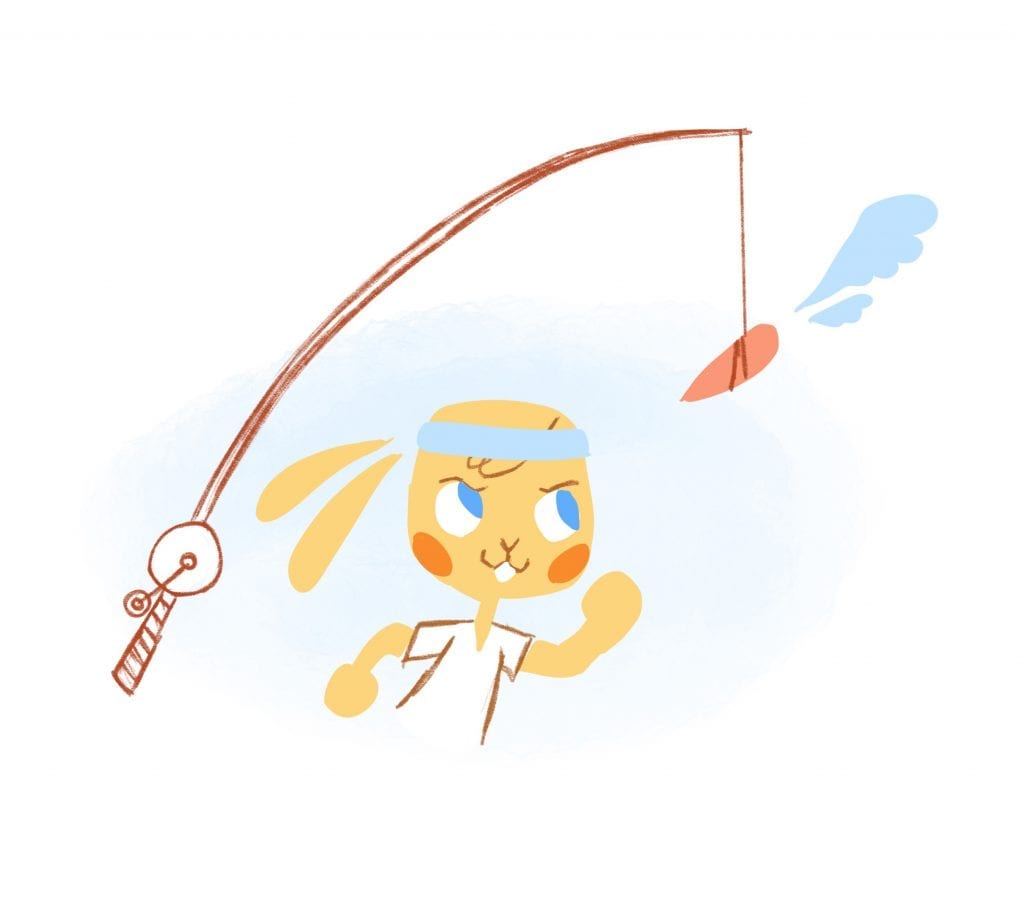

You’re probably wasting more time than you think. In essence, this means you’re wasting time at work, wasting time at home, and even wasting time on your favorite hobbies. If you could track down and eliminate all these sources of wasted time and continue to be on the lookout for them in the future, you could hypothetically redeem hundreds of hours of your own time back.
The question is, how can you do this?
The Insidious Nature of Time Waste
Obviously, wasted time is a bad thing. Time is a precious and finite resource, so no matter what your priorities are or what you would choose to do if you had an unlimited amount of time, it’s important to use your time wisely. Some uses of time are more effective than others, but a total waste of time, even if it only amounts to seconds or minutes, is detrimental on multiple levels.
Most people recognize the most egregious examples of time waste in their daily lives, and especially in settings where time management is crucial. For example, an hour-long meeting is a waste of time if it doesn’t achieve anything meaningful and takes you away from important work.
But wasted time can be much more insidious. Most of us waste time in settings and in ways that elude immediate observation. We waste time in our hobbies, in our social lives, and even in the ways we decompress and relax.
For example, let’s say you love researching and investing in NFTs. You may truly enjoy every moment you spend learning about new NFTs and innovations in this space, but if you don’t use your time productively or effectively, you could be missing out on even more opportunities.
If you’re not using a reliable NFT marketplace, or if you spend too much time on unproductive rabbit holes, you might miss a truly incredible new development.
In these tiny ways, even mere moments of wasted time can erode our productivity, happiness, and true potential. Hence, it becomes a practical necessity to examine, identify, and eliminate sources of time waste.
How to Find and Eliminate Time Waste in Any Setting: A Three-Phase Approach
If you want to find and eliminate time waste, follow this three-phase approach:
1. Track and analyze.
The first phase is all about tracking and analyzing your behaviors. After all, you won’t be able to manage or eliminate time waste if you don’t even know it’s there.
2. Brainstorm solutions.
The second phase involves coming up with solutions for the sources of time waste in your life. This requires you to understand the nature and root causes of your time waste, so you can engineer tactics to counteract them.
3. Experiment.
The third phase requires you to put these strategies into action, so you can objectively measure the results of those strategies and make adjustments if necessary. Not every time saving strategy in theory works in practice.
We’ll explore the finer details of each of these phases in the sections that follow.
Tracking and Analyzing Time Waste
The two most important priorities here are recognizing how you spend your time and learning to identify what counts as time waste.
The first priority can be tackled with a simple time-tracking app. You can use an automated time tracker to raise awareness of how you’re spending your time. Record your time expenditures in sufficient detail. You might have logged an hour working on a personal project, but if you spent 10 minutes in the middle scrolling through social media, you might not recognize it as time waste.
You don’t need to be meticulous, but you should be observant of any activity that lasts more than 5 minutes.
The second priority is more subjective, as “wasted” time means different things to different people. The most important piece of this puzzle is learning to recognize your own goals and objectives. If you know what you’re trying to do, you can easily discern whether your time expenditure is worth it.
For example, if you’re painting a room, the goal is to complete the painting process. If you spend several minutes in the middle of this activity swapping memes with friends on a group chat, you can count it as wasted time.
However, some situations are more ambiguous. Many people engage in subjectively fruitless activities as a way to relieve stress or unwind at the end of a tough day. What exactly is the goal here? Is it to feel good? Or, is it to feel re-energized? Is it to simply allow your brain to relax so you can come up with more creative ideas? Whatever your purpose is, you can probably identify good and bad uses of your time.
Brainstorm Solutions
Once you’ve clearly identified points of time waste, you can brainstorm solutions for eliminating them. The best approach for this is to delineate different types of time waste since they serve different functions.
Different Types of Time Waste
Distractions: Distractions are costly. We are at our most productive when we maintain unbroken focus on a task. Even a few moments of distraction can negatively impact our productivity and take away from our work.
Redundant effort: Some forms of time waste manifest as redundant effort. If you end up doing the same job twice because of improper planning or someone’s mistake, half the total time you spent will have been wasted.
Unproductive/unworthy time expenditure: You can also identify examples of time waste that are simply unproductive or unworthy expenditures. Browsing through online recipes because you’re feeling hungry doesn’t resolve your hunger and doesn’t necessarily help you.
Opportunity costs: The hardest form of time waste to identify is time waste that presents an opportunity cost. In other words, it’s time spent doing something reasonably effective at the expense of doing something even more effective. For example, weeding the garden might be an effective use of your time, but if you spend time weeding instead of preparing dinner, you might end up going hungry.
Solutions to Time Waste
Solutions can come in almost any conceivable form, but these are some ideas to get you started in this phase:
Raw elimination: Is there any way for you to eliminate this time expenditure altogether? For example, if you deleted a social media app, would you no longer be tempted to waste your time scrolling it?
New products and services: Are there any products or services that could help you manage your time in this area or help you get things done in less time? For example, is there a trading app that helps you research investment ideas faster and more fluidly?
Automation: Is it possible to automate any tasks to expedite their delivery? Automation can help you save an average of 3.6 hours a week, which adds up to about 23 workdays per year – and that’s only in your professional work.
New approaches and procedures: Can you change how you approach a given task or activity? For example, if you meal prepped, would it reduce the total time you spend in the kitchen every week?
Tighter timing: Refining your speed at various steps of various processes can help you work faster overall. Can you use practice, training, and discipline to complete tasks in record time?
Experimentation
The final phase is experimentation. In this phase, you’ll take the solutions you brainstormed and then use the same time tracking strategies from the first phase to see if they’re effective. In future settings, you’ll be able to quickly determine whether your strategies are working or not. If they actively reduce or eliminate the time you’ve wasted, you should keep them and consider enhancing them further. If they don’t, try to figure out why. Can you try a different strategy or modify this one so that it works more effectively?
With enough iterations and rounds of experimentation, you should gain a much better understanding of how you spend your time – and more importantly, you’ll start using your time much more productively.
It’s simply not possible to eliminate every moment of time waste in your life. There are far too many, and even if we had the aptitude and resources to deal with them, the micromanagement necessary to eliminate them would become a problem in its own right.
Still, it pays to be more observant of how we spend our time every day so we can put ourselves to the fullest possible use and carry ourselves with fewer regrets.
Featured Image Credit: Photo by Karolina Kaboompics; Pexels; Thanks!











Deanna Ritchie
Editor-in-Chief at Calendar. Former Editor-in-Chief and writer at Startup Grind. Freelance editor at Entrepreneur.com. Deanna loves to help build startups, and guide them to discover the business value of their online content and social media marketing.